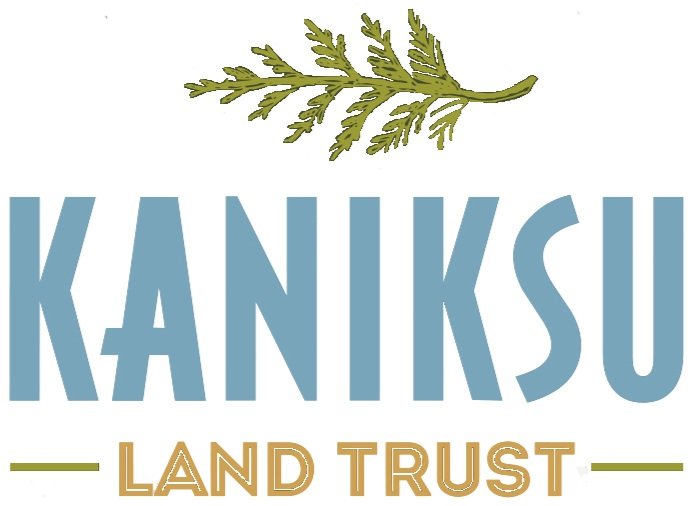John and Gail Underwood were relative youngsters when they stumbled upon their dream property near Hope in 1965: a forested acreage to tend together throughout their lives. Now that this land has been permanently protected by a conservation agreement, it will always serve as a working forest while providing homes to all manner of animals, from elk and deer to woodpeckers and owls.
The unmistakable rectangular holes drilled into the trunks of mature trees on the Underwood property is evidence that the largest woodpecker in North America, named “pileated” for its dramatic crest, is at home here. This fantastical looking bird serves a crucial function in our woodland ecosystems because so many other animals depend upon its excavated tree cavities for food and shelter. From ducks to bats, the pileated woodpeckers’ efforts are a boon to all. But this carpenter among birds requires large diameter trees to ply its trade. We are grateful to John Underwood for ensuring a space for woodsmen and woodpeckers to continue to co-exist, for the benefit of so many.
John’s career as a forester led the pair to live and work in various places throughout the west, but they always returned to their woods in north Idaho. Now, more than a half century after their original purchase, John has permanently conserved this land that Gail loved so well in memory of her and of the many years they shared.
The Underwood’s agreement with Kaniksu Land Trust has permanently preserved 35 acres of forestland on Spring Creek Road, home to deer, moose, elk, bear and woodpeckers. Here the trees grow tall, and clear, clean water runs year round through streams and wetland pools. John and any future owners may continue to manage the timber, maintain the roads, and even build a home on the property, but it will never be subdivided and its natural resources will always be prioritized. This carefully tended woodland is testimony to a lifetime of stewardship, and now John has ensured that his and Gail’s legacy will endure even beyond that.
